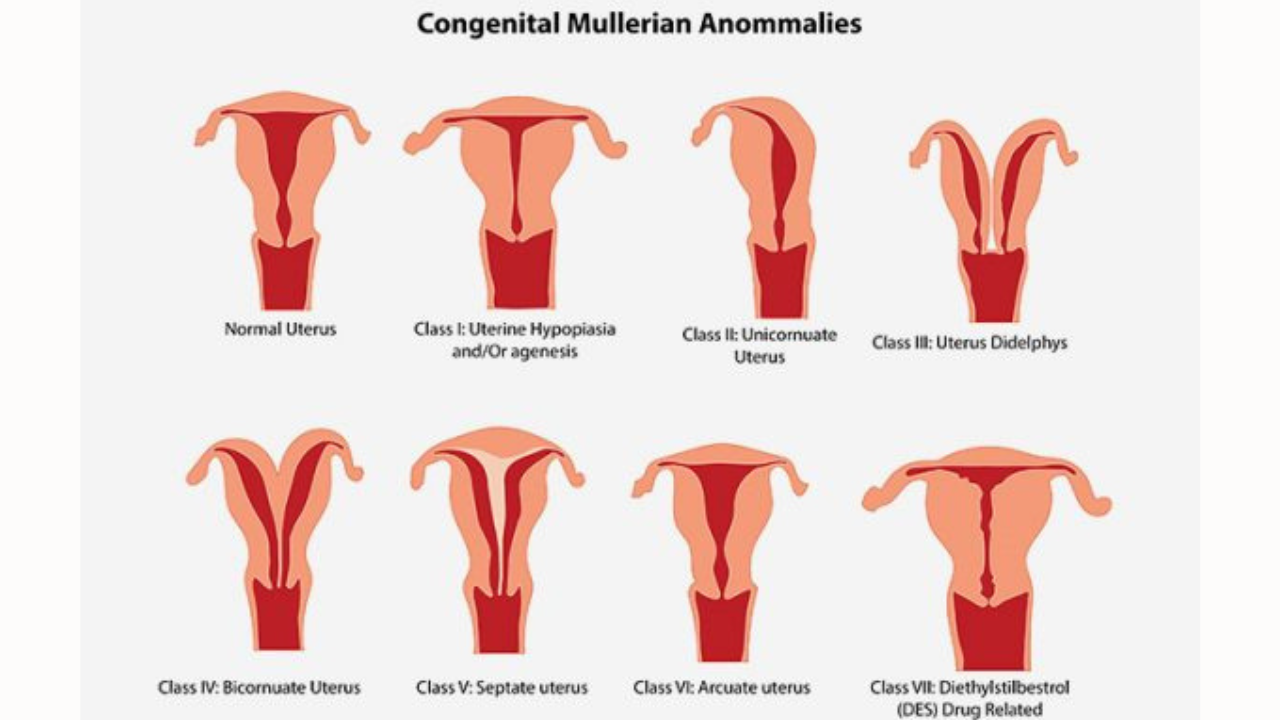
Understanding Uterine Shape Abnormalities
Understanding Uterine Shape Abnormalities, Their Detection, and Impact on Fertility
The uterus, a vital organ in a woman's reproductive system, plays a crucial role in fertility. Its shape can vary significantly among individuals, and abnormalities in uterine shape can have a significant impact on a woman's ability to conceive.
Uterine Shape Abnormalities:
- Bicornuate Uterus: This condition is characterized by a heart-shaped uterus, where the organ is divided into two sections. It can reduce the space available for an embryo to implant, increasing the risk of miscarriage.
- Septate Uterus: In this condition, a septum or wall divides the uterus into two parts, limiting the available space for an embryo to implant. It can also increase the risk of miscarriage.
- Arcuate Uterus: An arcuate uterus has a slight indentation at the top, but it generally doesn't affect fertility. However, in some cases, more significant indentations may impact implantation.
- Unicornuate Uterus: This rare condition occurs when one side of the uterus doesn't develop properly, which can lead to a reduced capacity for a pregnancy to develop fully.
Detection of Uterine Shape Abnormalities:
Detecting uterine shape abnormalities is a crucial step in addressing potential fertility issues. Clinicians use various diagnostic methods to identify these conditions:
- Ultrasound: Transvaginal ultrasound is often the initial diagnostic tool, which allows the gynaecologist or radiologist to visualize the uterine shape and identify irregularities.
- Hysterosalpingography (HSG): This procedure involves injecting a contrast material into the uterus and fallopian tubes to provide a clear X-ray image, helping to identify abnormalities like septate or bicornuate uteri.
- Sonohysterogram: This involves injecting sterile saline into the uterus and performing a vaginal ultrasound to create detailed images of the uterine cavity.
- Magnetic Resonance Imaging (MRI): In cases where a more detailed assessment is needed, an MRI may be recommended to provide a comprehensive view of uterine structure.
Impact on Fertility:
Uterine shape abnormalities can interfere with fertility in several ways. These abnormalities may obstruct the fallopian tubes, making it difficult for sperm to meet the egg. Additionally, they can affect the uterus's ability to support an embryo, reducing the chances of successful implantation. The increased risk of miscarriage is a common concern associated with these abnormalities.
Minimally Invasive Corrective Surgeries:
Fortunately, many uterine shape abnormalities can be corrected through minimally invasive surgical techniques, such as hysteroscopy and laparoscopy.These procedures aim to restore the uterus to a more normal shape, improving the chances of successful implantation and reducing the risk of miscarriage.
The detection of uterine shape abnormalities is a critical step in addressing potential fertility challenges. Various investigative methods, including ultrasound, HSG, sonohysterogram, and MRI, help clinicians identify these conditions. Once diagnosed, minimally invasive corrective surgeries offer effective solutions to restore uterine shape and improve a woman's chances of a successful pregnancy. If you suspect you have a uterine shape abnormality and are facing fertility challenges, consult with a fertility specialist or gynaecologist or call Chawla nursing home and maternity hospital Jalandhar Punjab at +917307103001,9023703001 to explore the best treatment options for your unique situation.

